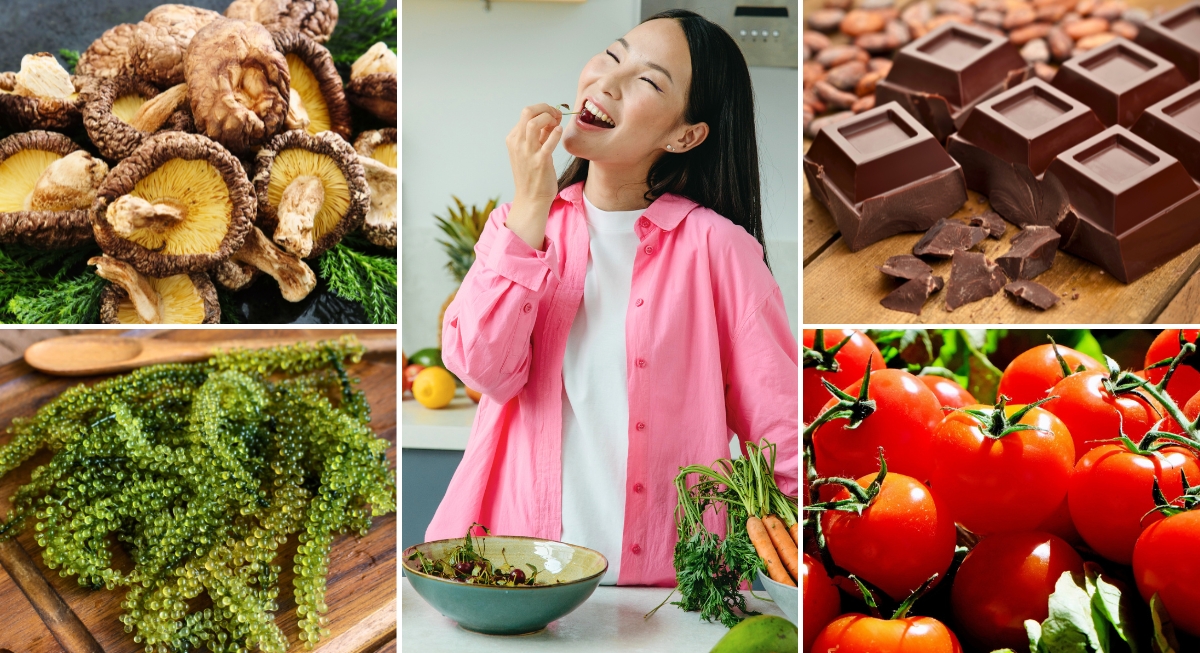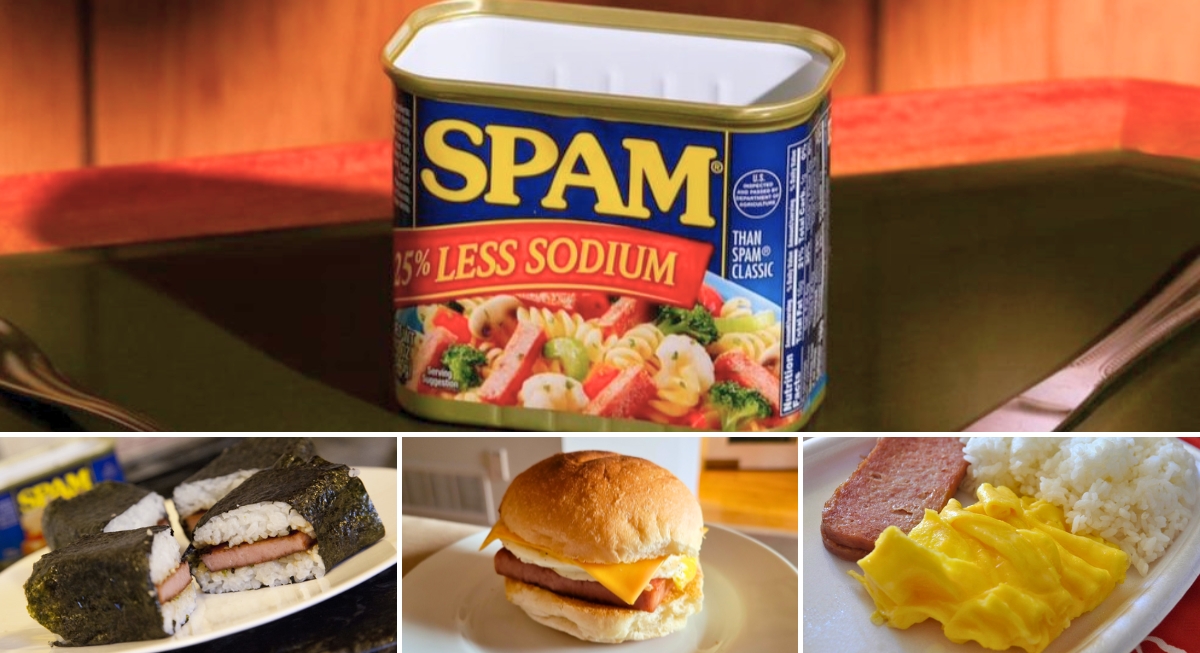This list is all about real food with deep roots, traditional Indigenous dishes that come straight from cultures that have been cooking this way for centuries. You won't find most of them on a typical menu, but each tells a story. These dishes are worth the trip if you're hungry for something different.
Wojapi (Lakota/Dakota/Sioux)
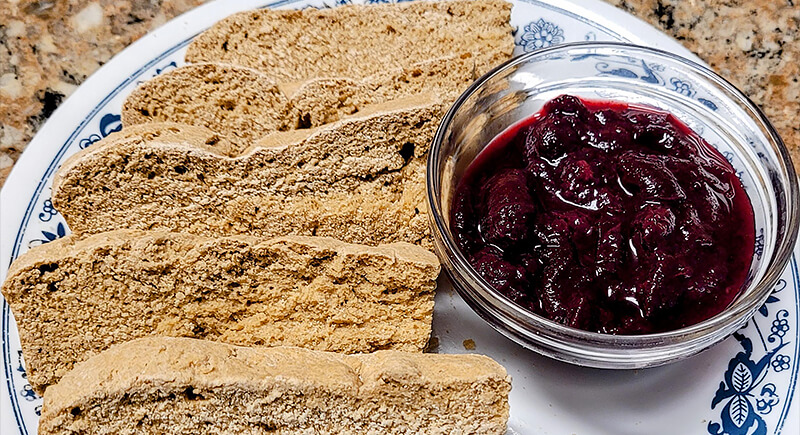
Credit: Reddit
The Lakota and Dakota tribes cook chokecherries, Juneberries, or blueberries to make wojapi, a thick, tart berry sauce. They stir it until it turns rich and glossy, sometimes thickened with cornstarch or flour. People often pour it over fried bread or dip meat into it during family gatherings and feasts.
Acorn Mush (California Native Tribes)
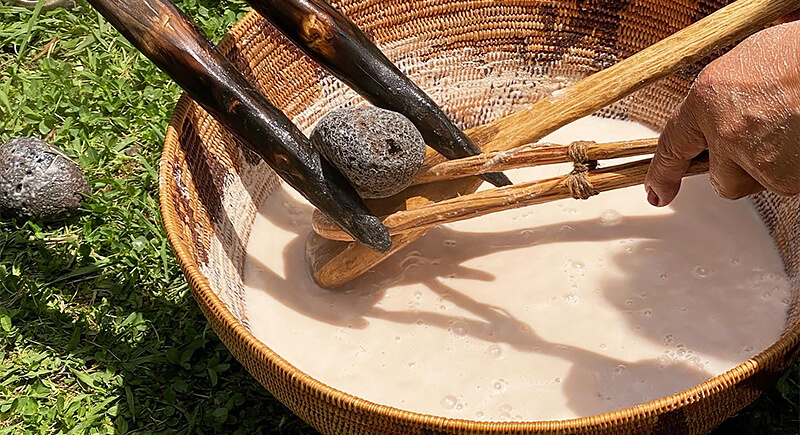
Credit: Instagram
Tribes like the Miwok, Pomo, and Yokuts gather acorns, leach out the bitterness with running water, and grind them into flour for a warm, earthy mush. They stir it over heat until it thickens into something smooth and nutty. California tribes have eaten it for centuries—it's packed with fiber and nutrients.
Three Sisters Stew (Haudenosaunee/Iroquois)
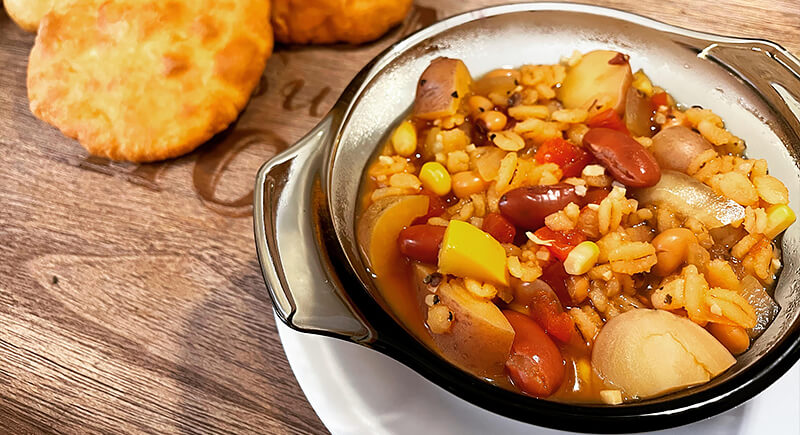
Credit: Reddit
The Haudenosaunee people mix corn, beans, and squash into a slow-simmered stew that honors their agricultural roots. They call these crops the "Three Sisters" because they grow better together. This dish brings balance to both farming and eating. Families often cook it for community meals.
Posole (Pueblo and Navajo)
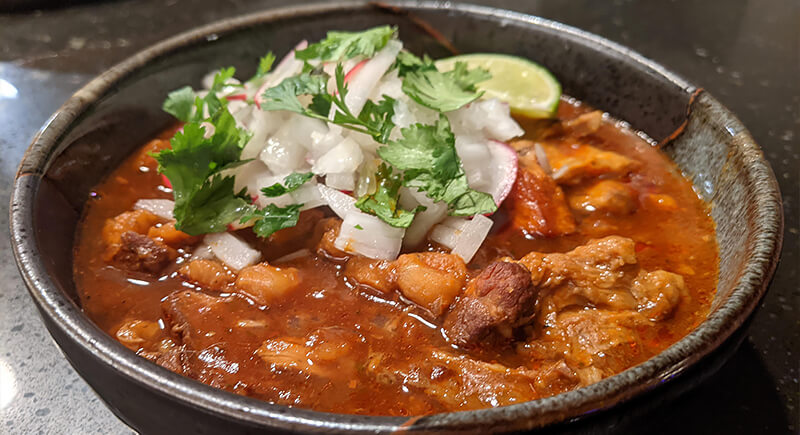
Credit: Reddit
Pueblo and Navajo cooks simmer hominy with pork or game meat and rich chile broth to create posole. The hominy comes from dried corn soaked in limewater, which makes it puff and hold flavor. You'll still find it bubbling in pots during holidays across New Mexico and Arizona.
Seal Stew (Inuit)
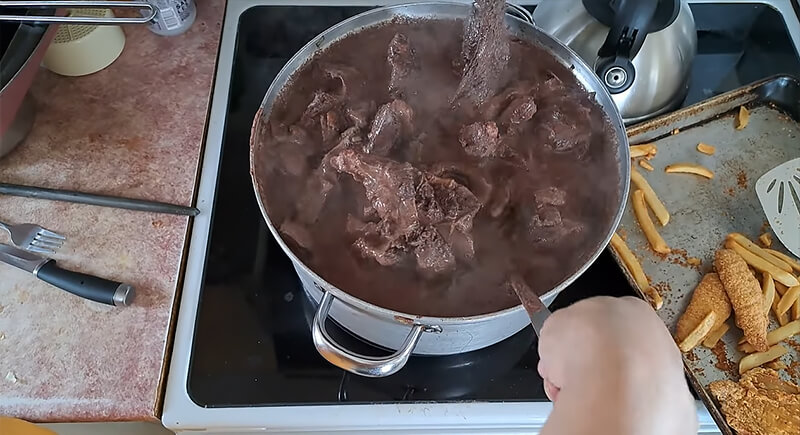
Credit: Youtube
Inuit families make seal stew with meat, fat, and Arctic root vegetables by cooking it low and slow to stay warm in frozen climates. Nothing goes to waste—every part of the seal serves a purpose. Hunters share it across villages.
Baho (Miskito and Rama Peoples, Nicaragua)
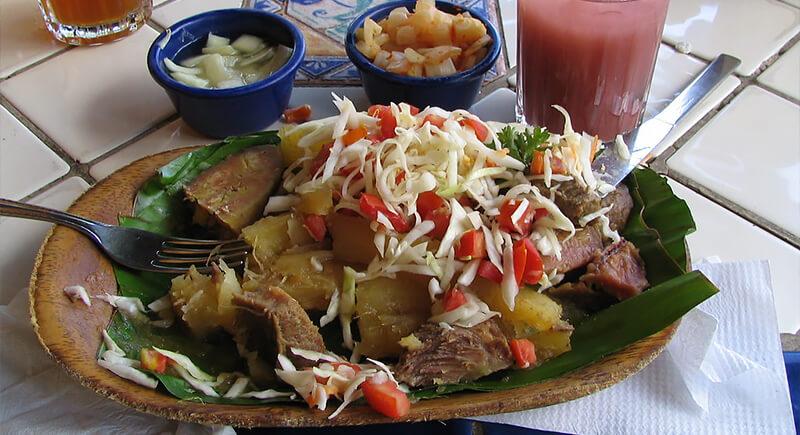
Credit: flickr
The Miskito and Rama steam beef, green plantains, and yuca in banana leaves for hours to make boho. They build the dish in layers and then pull it straight from the pot for a communal meal. It's a weekend tradition in many Nicaraguan homes, where families gather around a giant pot.
Luqaimat with Date Syrup (Bedouin Tribes)
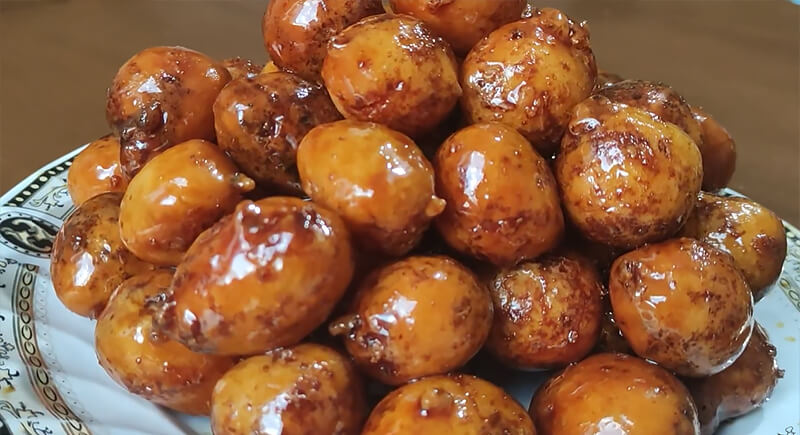
Credit: Youtube
Bedouin women whip up luqaimat by frying golden dough balls until crisp, then soaking them in thick date syrup. These bite-sized treats stay popular across the Arabian Peninsula, especially during Ramadan. The outside is crunchy, while the inside is soft. Guests rarely leave without a plate of them.
Sopa de Maní (Quechua, Bolivia)
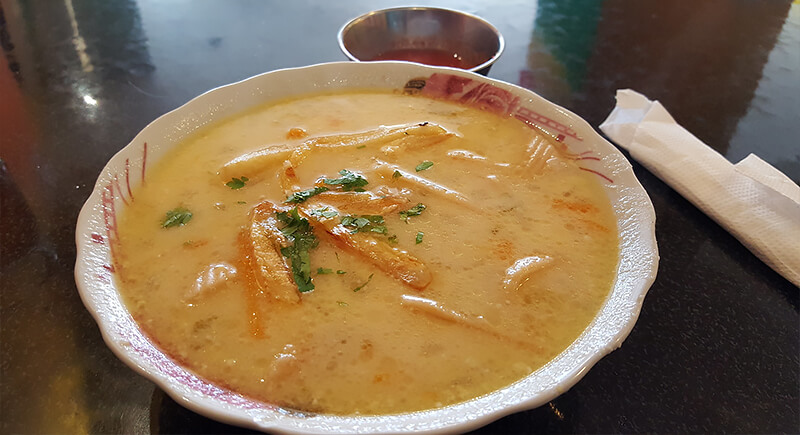
Credit: flickr
Quechua people blend roasted peanuts into broth to make sopa de maní—a creamy, nutty soup with potatoes, pasta, and sometimes meat. They top it with fries or parsley for a little crunch. The peanuts create a warm and savory base that sticks with you.
Kiviak (Greenland Inuit)
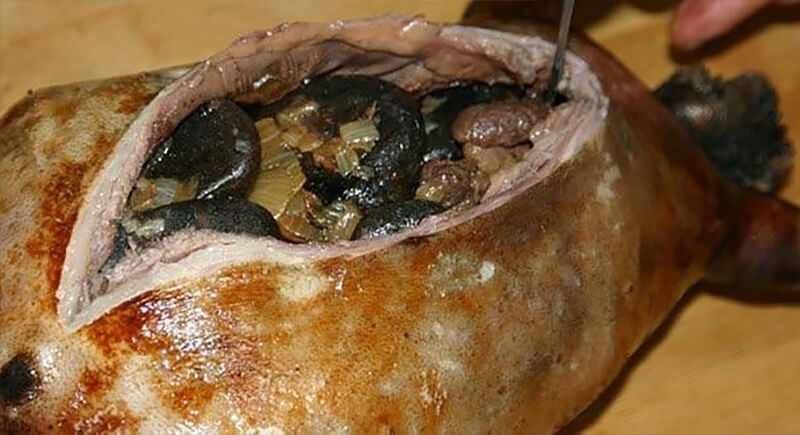
Credit: Reddit
Inuit communities preserve kiviak by stuffing small seabirds into a sealskin, sewing it shut, and burying it for months under stone. Natural fermentation does the rest. When ready, they slice open the seal and eat the birds raw—bones and all. It's rich in fat and protein, both crucial for surviving the long Arctic dark.
Tocosh (Quechua, Peru)
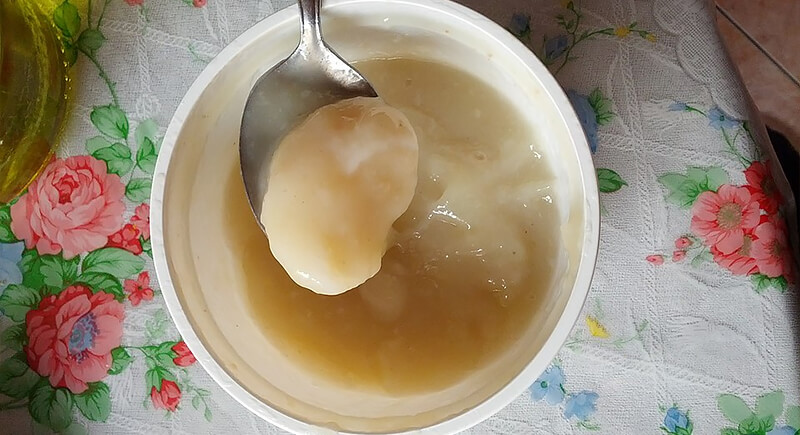
Credit: flickr
To make tocosh, Quechua families submerge potatoes in mountain streams. They wrap them in grass and let nature ferment them for weeks. The result is a soft, sharp-smelling mash they use for porridge or medicine. It may look strange, but it packs probiotics and helps fight stomach bugs.
Palava Sauce (Kru and Gola Peoples, Liberia)
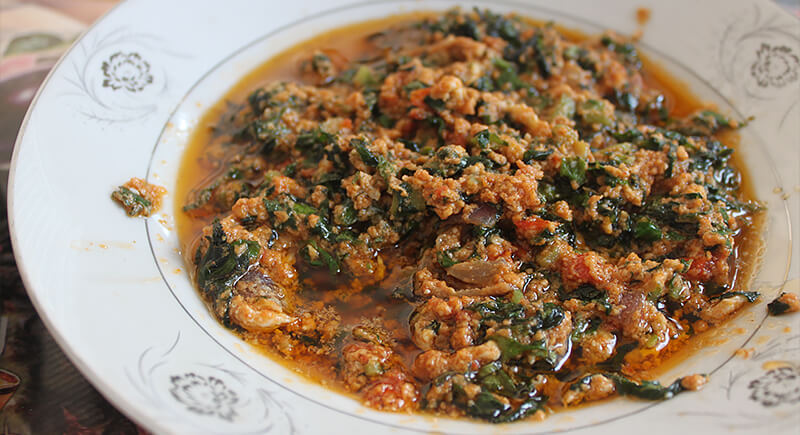
Credit: Wikipedia
Cooks in West Africa simmer palava sauce using jute leaves or spinach, palm oil, spices, and fish or meat. People usually scoop it up with rice or fufu. The Kru and Gola tribes helped pass this dish across generations. It's nutrient-dense and deeply satisfying, with flavors that build as the pot bubbles.
Sagamité (Algonquin)
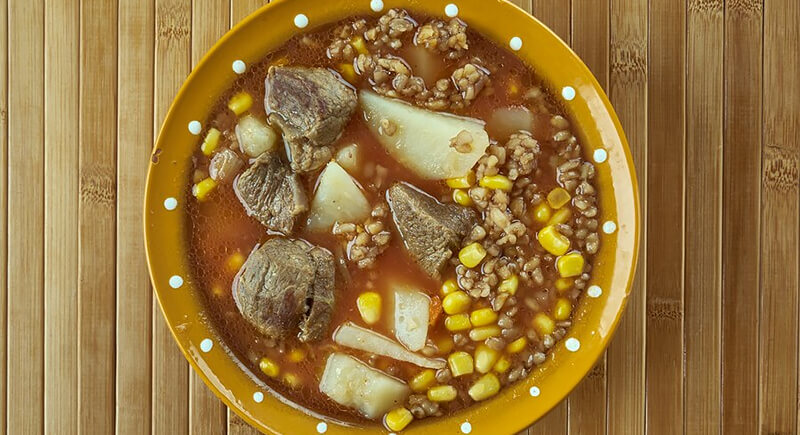
Credit: freepik
Algonquin people stir cornmeal into hot broth while adding beans, meat, and sometimes lard for richness. The result—sagamité—feeds crowds and holds heat for hours. It was once served during longhouse meetings and feasts. It symbolized unity and shared survival. The corn brings sweetness, and the meat adds comfort.
Muktuk (Inuit and Yupik)

Credit: Reddit
Muktuk combines raw whale skin and blubber, which is sliced and served cold. Inuit and Yupik families rely on it for vitamin C, which prevents scurvy in harsh winter months when produce is scarce. Locals eat it as a snack or pair it with soy sauce. Outsiders might hesitate, but Arctic kids often grow up chewing it like candy.
Kai Riwai (Māori, New Zealand)

Credit: flickr
The Māori cook kai riwai—potatoes baked in a hāngī, their traditional earth oven. They heat stones with fire, bury food in baskets, and cover everything with wet clothes and earth. After hours of slow steaming, the spuds come out smoky and soft with hints of wood and soil.
Sámi Reindeer Soup (Sámi, Scandinavia)

Credit: flickr
In northern Scandinavia, Sámi herders simmer reindeer meat with potatoes, carrots, and barley to make a thick, rustic soup that wards off the cold. The reindeer roam free in Arctic regions, grazing on lichen and wild herbs, which adds depth to the broth. Families serve it hot after herding or hunting, often with flatbread.



